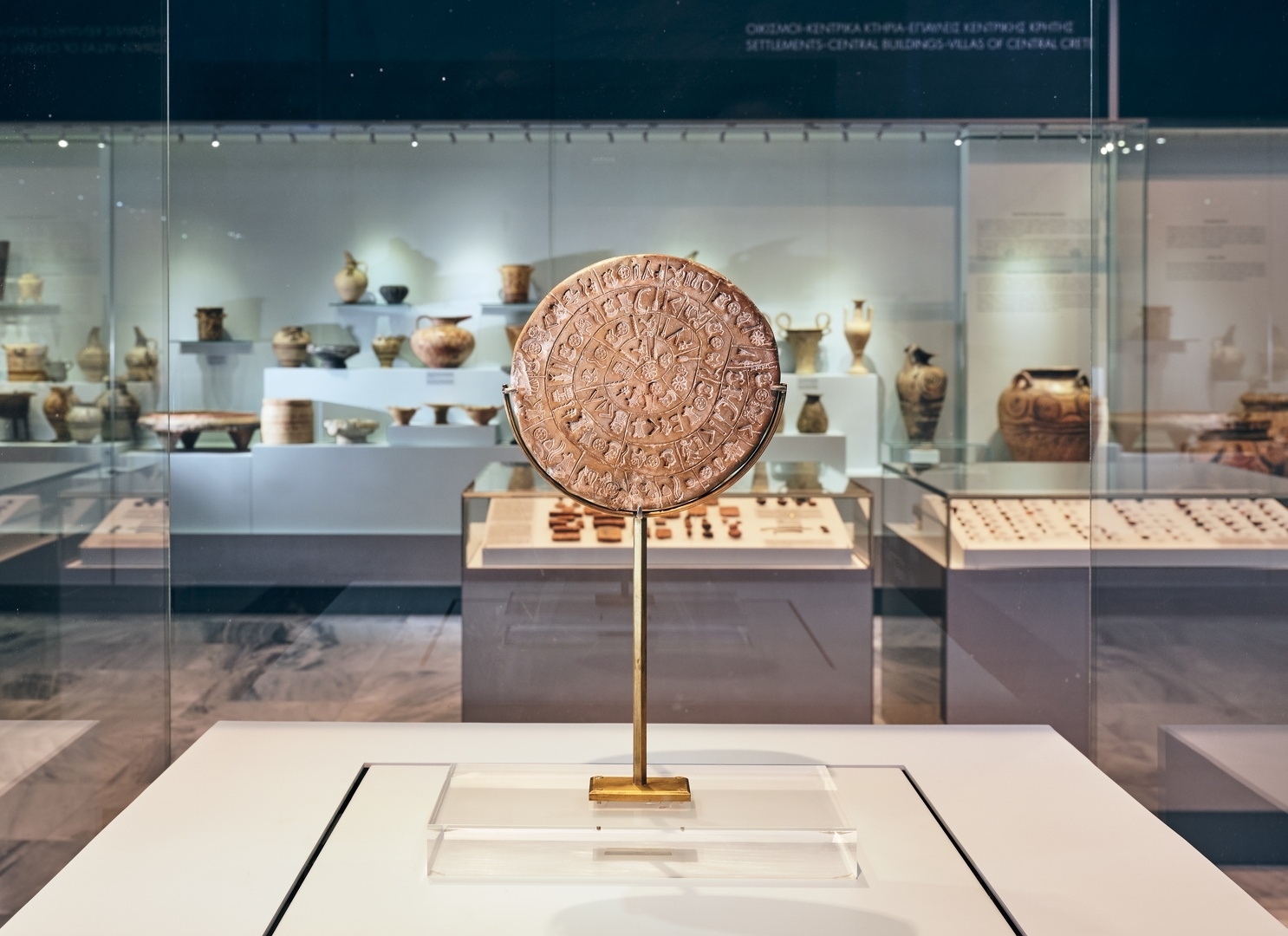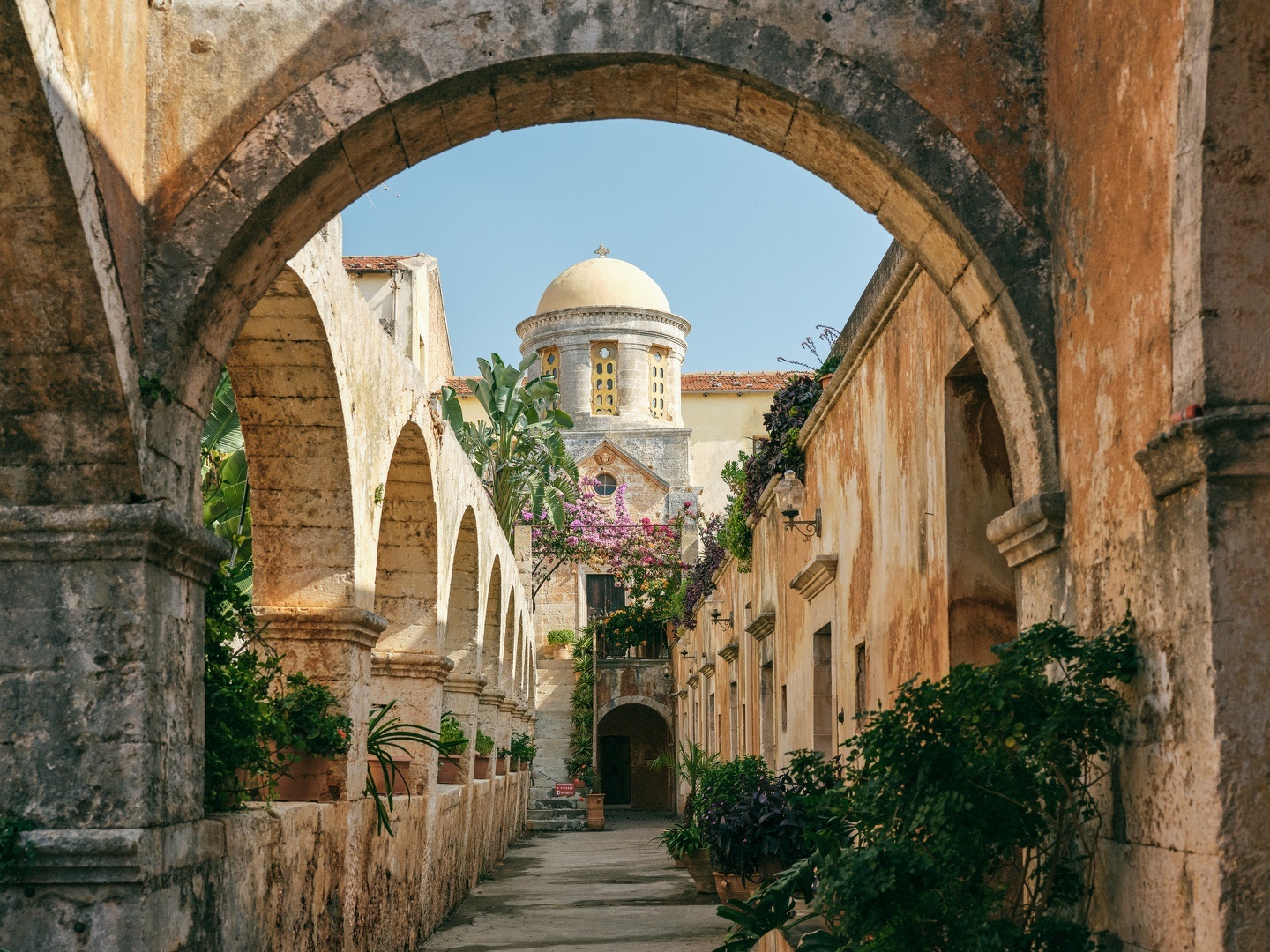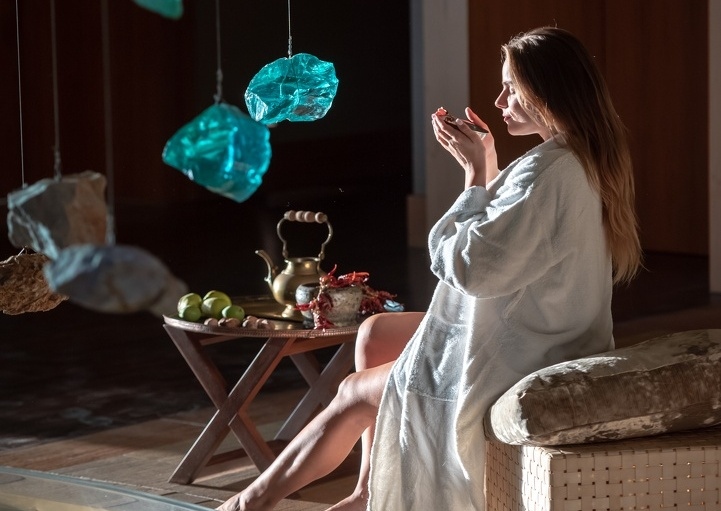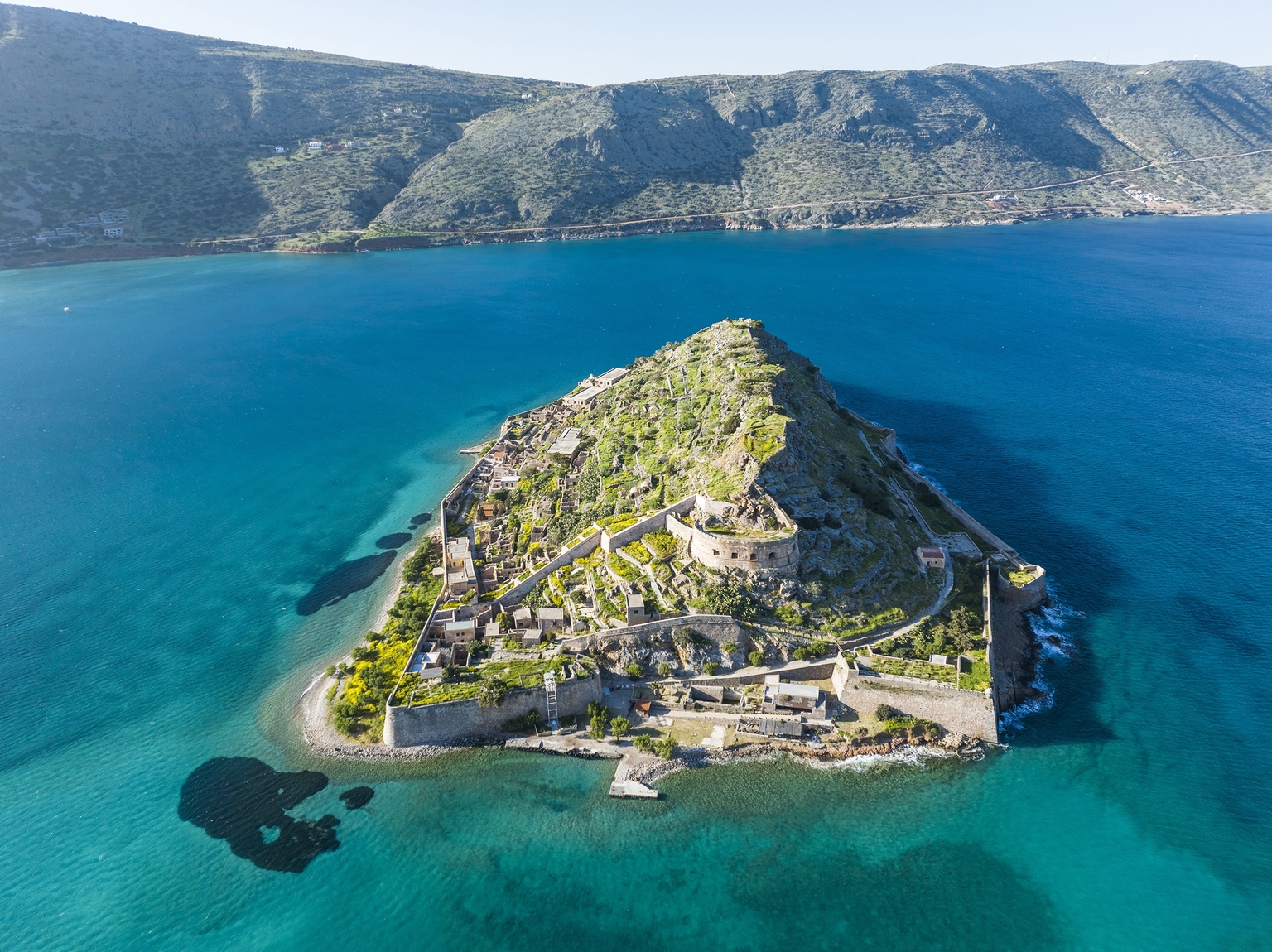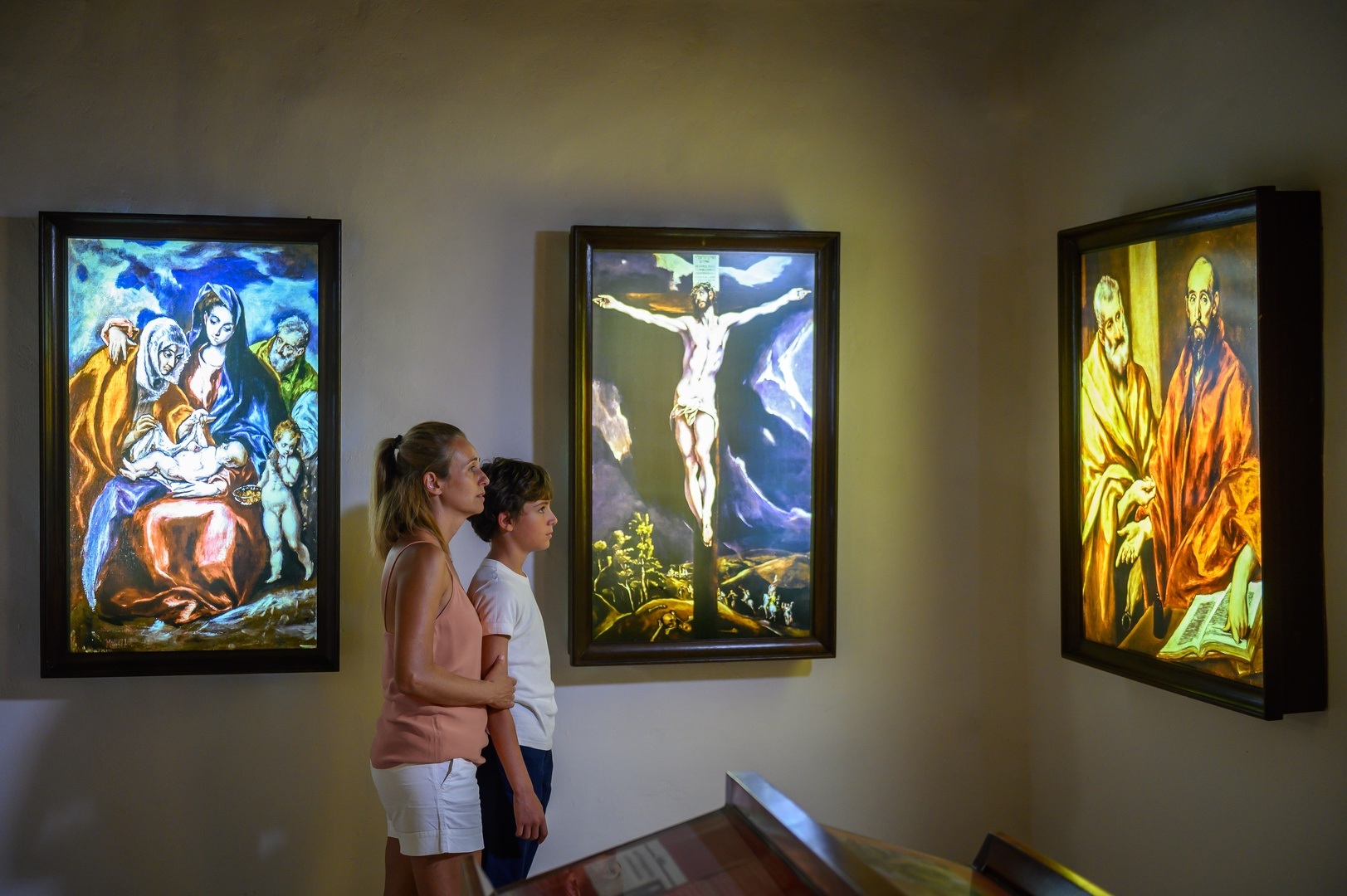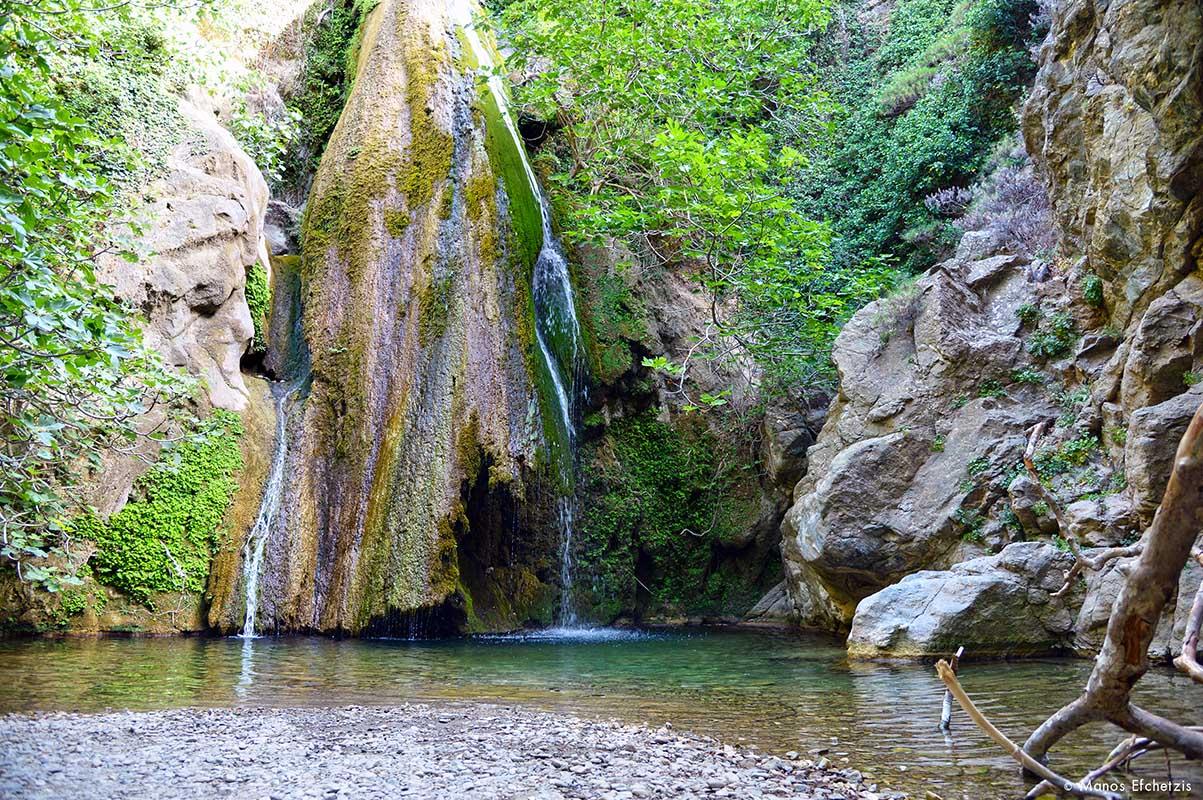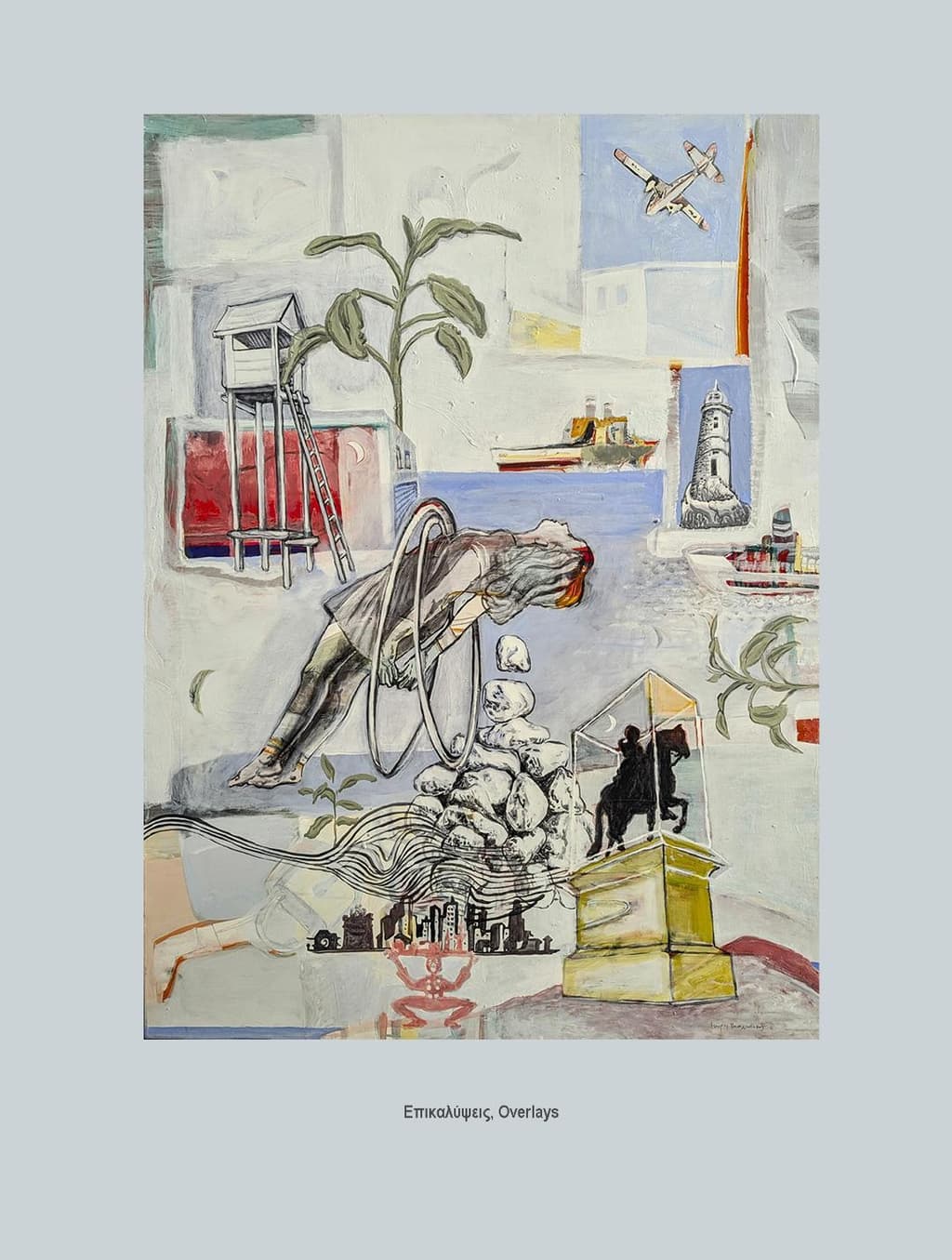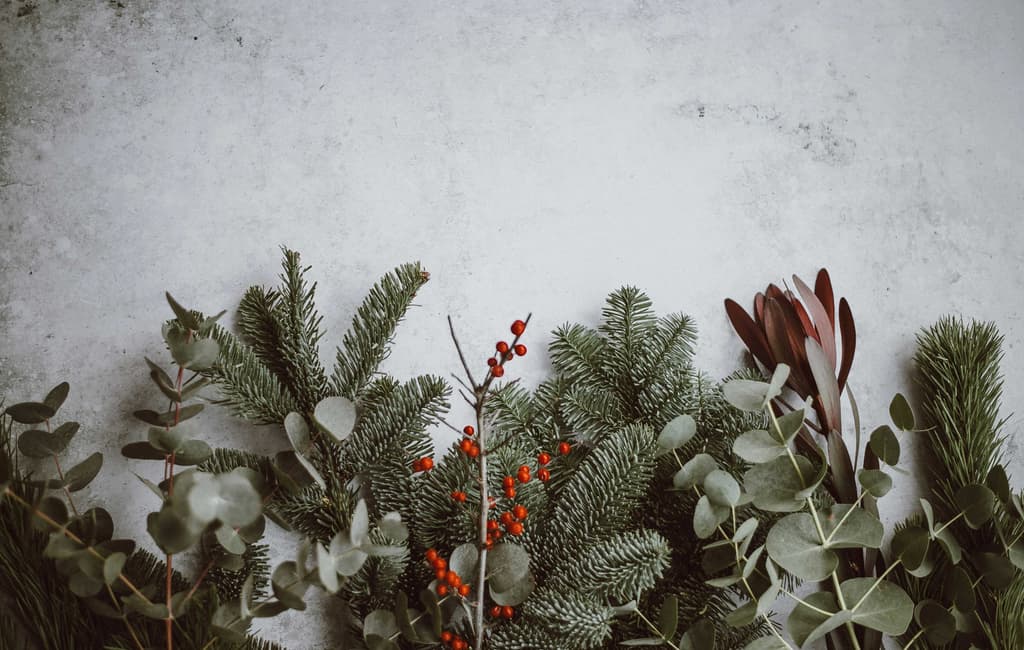Stivania: The Iconic Footwear of Crete!
Author Discover Crete
Culture
Culture
Latest news
- Christmas in the City 2025: Festive events by the Municipality of Heraklion begin on November 28
- The Holy Relics (Skulls) of the Four Holy Martyrs Visit Sitia for the First Time
- "Amerotos Nostos": An Exhibition Travels to Chania
- Anasouvari… The Mother of Water: A New Adventure from Dromoi Zois
- “Mikis Theodorakis: Memory in the Digital Age” #DigitalMikis

In Crete, a shoemaker is not merely a craftsman but a true artist.
Stivania are among the most emblematic elements of traditional Cretan attire. Remarkably, they remain the only part of the costume still widely worn today. These boots are a staple for men, used as everyday or special occasion footwear, particularly during winter.
In Anogeia, as noted by the Municipality of Anogeia, skilled shoemakers have always crafted stivania—not only for locals but also for visitors drawn to their beauty, durability, and comfort. What sets them apart is that each pair is custom-made to fit the buyer’s feet, perfectly accommodating any unique features.
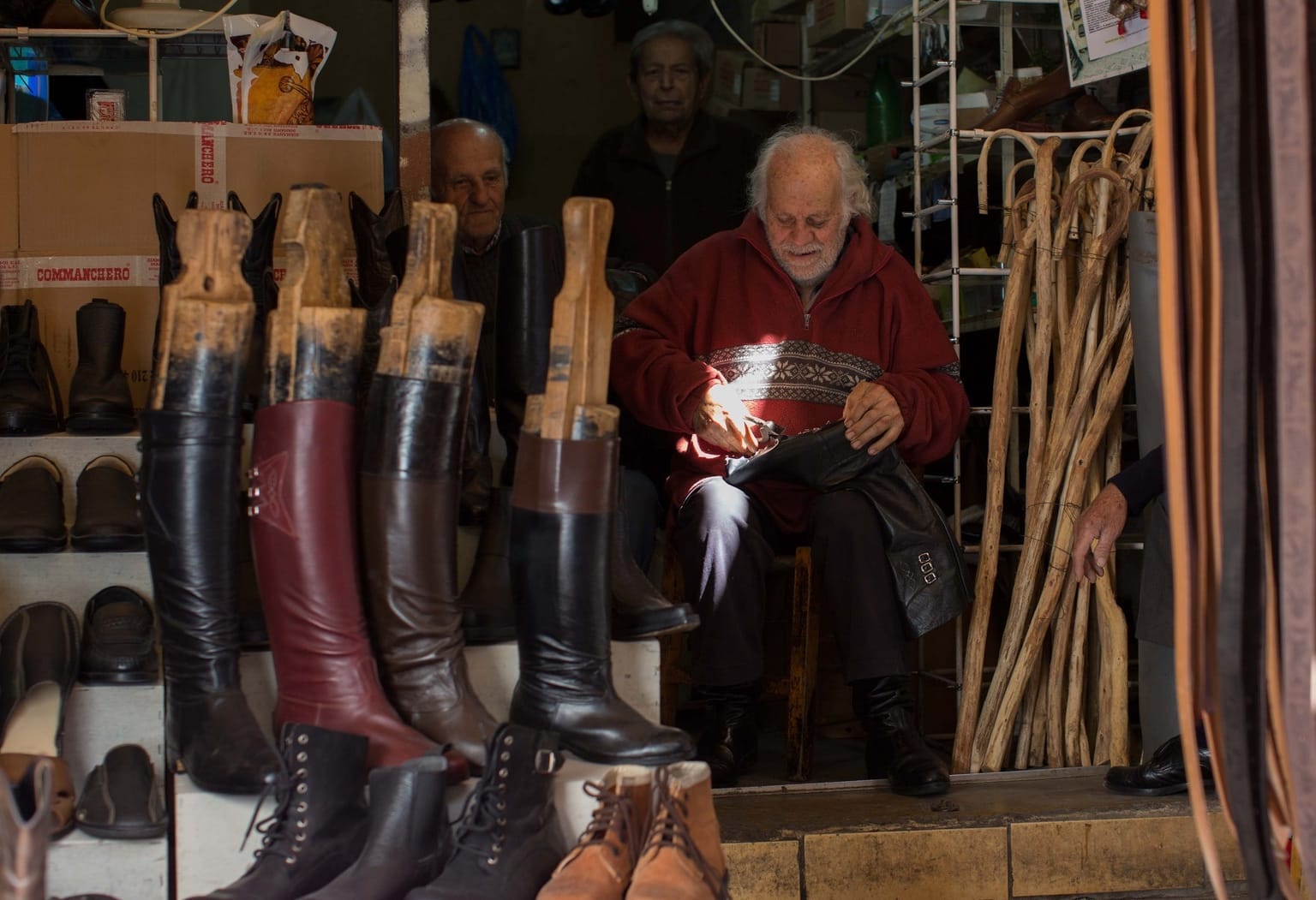
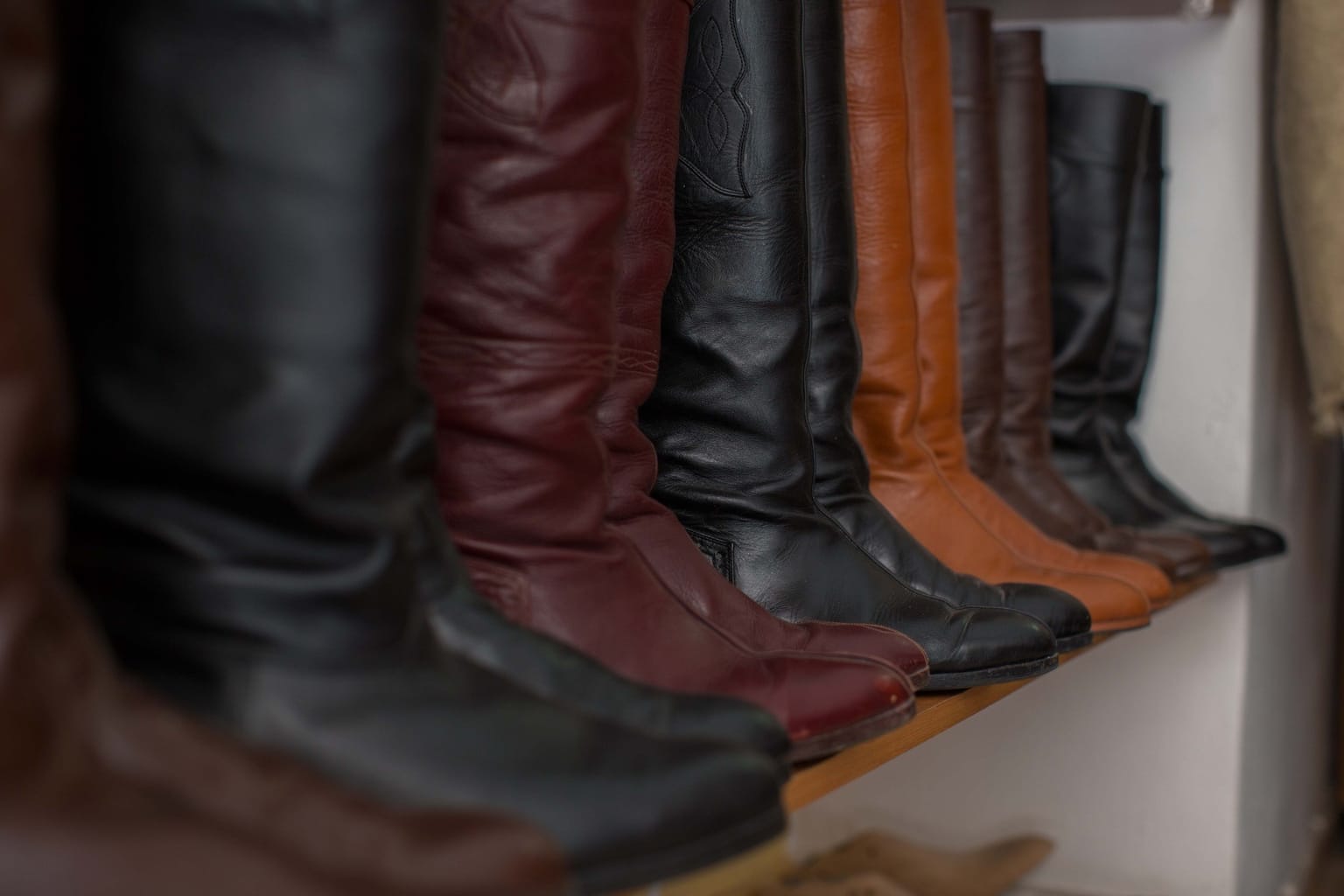
The word “stivania” likely derives from the Italian stivale (boot), tracing its roots back to Venetian rule. Stivania were traditionally the go-to footwear for Cretans, used in fields, on mountains, and in daily life. They were designed for toughness, extending to the knees to protect against thorns, snow, and mud, and were made from sturdy calfskin (vacchetta).
City dwellers, who wore their boots during countryside excursions, opted for lighter versions made from softer leather.
In Anogeia and Sfakia, shepherds favored a unique type of boot called domi (from an ancient Greek term for layered stones). These boots featured reinforced soles with two or three layers of animal hides or boar leather. Their distinctive dual heels—one at the back and one at the front—helped with climbing rocky terrain.
Everyday stivania were black or red with thinner soles, while formal ones, often black or white, featured intricate perforated designs.
The French botanist J. Pitton de Tournefort, visiting Crete in 1700, wrote:
"You won’t see anyone on this island who isn’t well-shod—unlike Europe’s peasants, most of whom go barefoot. In the cities, they wear fine red Moroccan leather shoes, while in the countryside, they use boots from the same material that last for years, resembling the footwear of ancient Cretans described by Hippocrates."
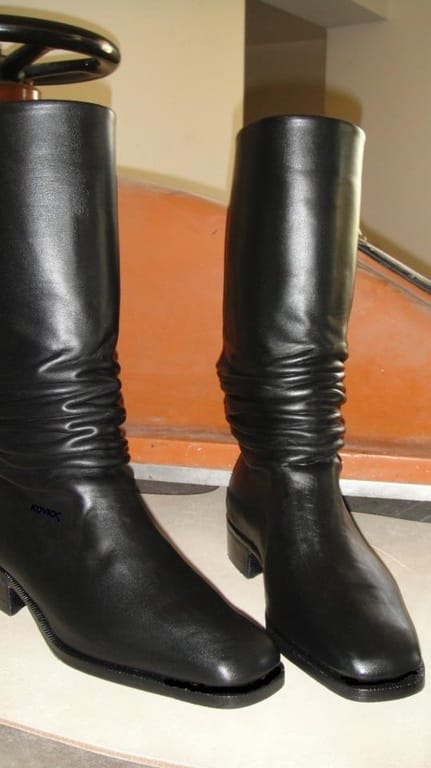
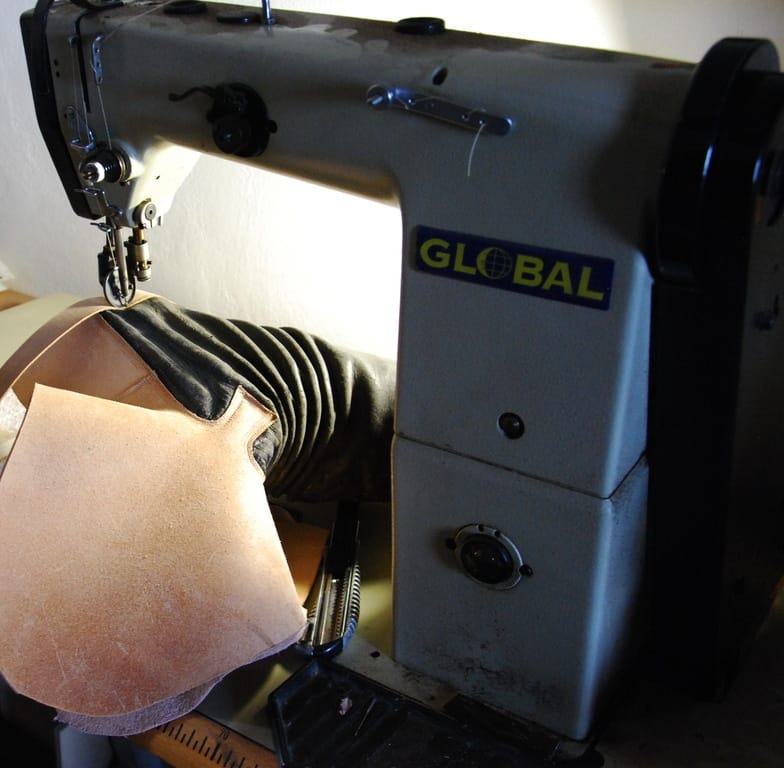
Shoemaking was one of the most widespread professions in Crete, often practiced as a side trade. Over time, it evolved into a skilled craft requiring specialized tools, including wooden molds, hammers, nails, awls, and rasps.
The process began with selecting leather, soaking it to soften it for shaping. Shoemakers used wooden lasts to mold the leather precisely to the customer’s foot size, ensuring a perfect fit. The boots were then assembled with layers of leather for the soles, secured with wooden pegs. Each piece was carefully shaped, smoothed, and polished by hand—a labor-intensive process that transformed raw materials into a work of art.
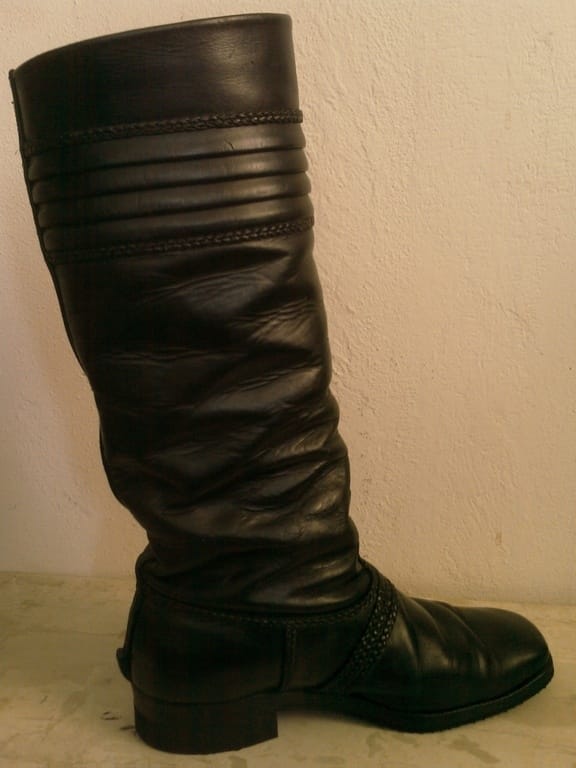
The traditional method of making stivania has endured. Though modern tools have made the process faster, today’s shoemakers maintain the same passion and dedication. They continue to produce handmade stivania in various designs and leathers, ensuring they remain durable enough to last a lifetime.
Discover them for yourself!
Photos/ Information: Municipality of Anogia, Incrediblecrete


